Walking Thor's Cave and the Manifold Valley: 'A corner of England I’ll swear hardly anyone knows'
Attractively no-nonsense, scattered with ruins both medieval and industrial, the Staffordshire Moorlands should be better known. Fiona Reynolds talks a walk through this extraordinary land.
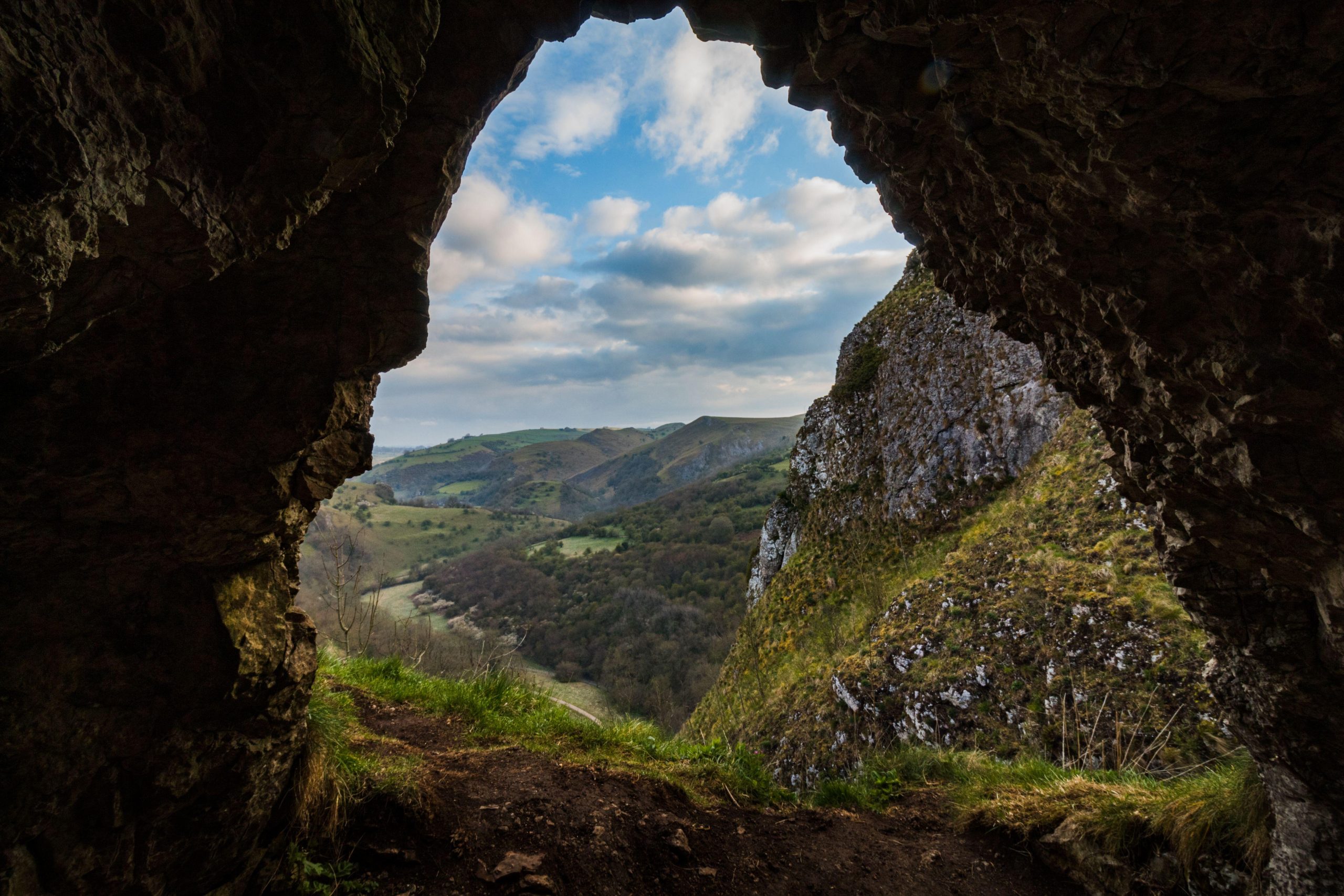

There's a corner of England I’ll swear hardly anyone knows.
Although it’s in a National Park, the Staffordshire Moorlands have a timeless, gritty feel and have kept their character when so many places have lost out to homogeneity and 21st-century blandness.
Bland this landscape is not. A high plateau into which rivers are deeply incised, with limestone edges jutting from grazed fields like shoulder blades from tight sweaters and ancient farmsteads with a mix of old stone and corrugated-iron roofscapes: you could not really call this place beautiful, yet it has a strength of character that snags at the heart.
We are walking in a great loop from Grindon and we start at 6am because it’s set to be hot. The tall Victorian spire of Grindon church provides our backdrop as we set off south towards Waterhouses.
I remember, as we walk, my visit nearly 40 years ago to Back o’th’ Brook Farm to see Clive Langford Mycock — a great 6ft 7in bear of a man, passionate about his corner of Staffordshire and its indigenous population.
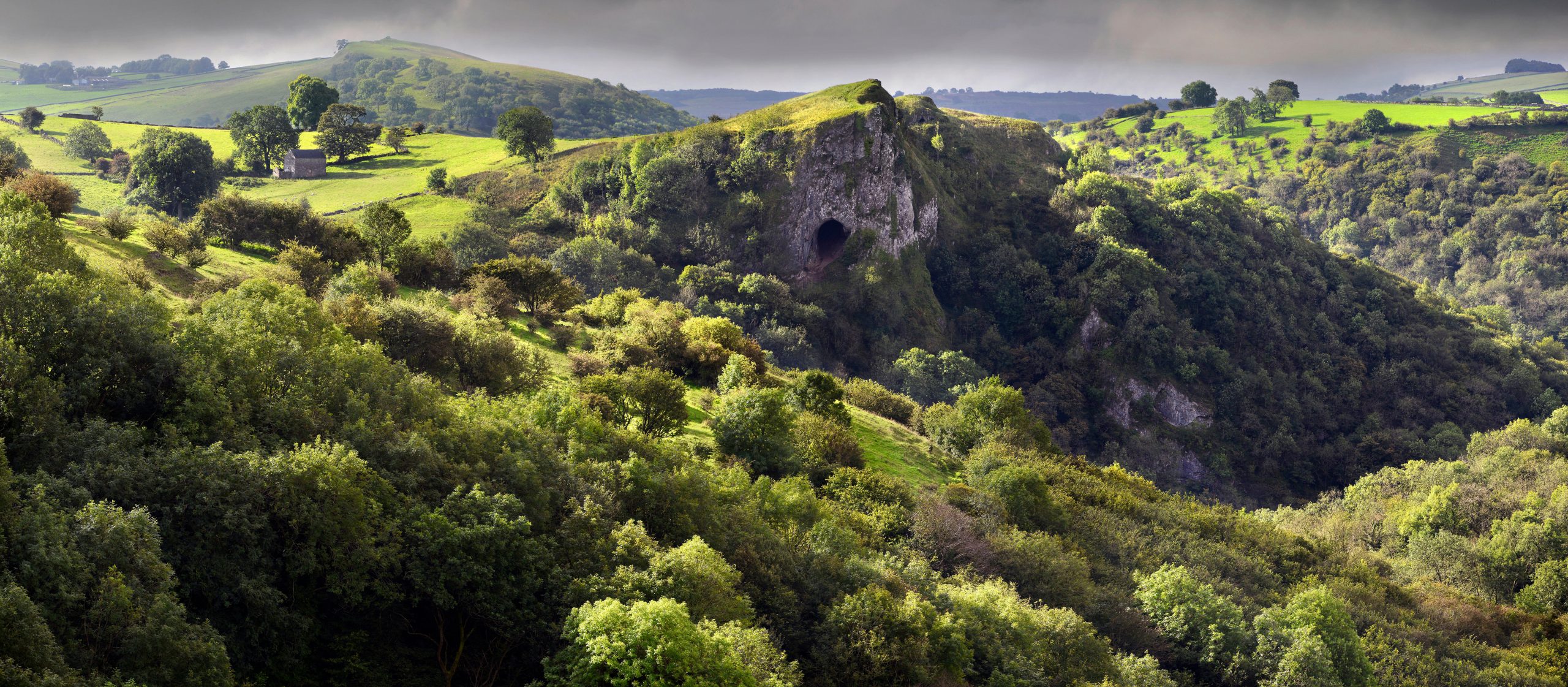
When I knew him, he was a member of the Peak District National Park Board and critical of its attitude to farmers. I was desperately sad to hear he’d died, far too young.
We reach the valley bottom, threaded by the River Hamps, at Lee House, cross the old Manifold Valley Light Railway, now a cycleway, and climb steeply up the other side to the ridge. It takes us to Throwley Hall, a Georgian farmhouse with a spectacular ruin attached, the abandoned medieval Old Hall with its tracery windows silhouetted against the already-blue sky.
Sign up for the Country Life Newsletter
Exquisite houses, the beauty of Nature, and how to get the most from your life, straight to your inbox.
An impressive Charolais bull stands foursquare across our path surrounded by glossy cattle and, soon afterwards, we meet his owner, said to produce the best beef in Staffordshire. Oh, the joy of such encounters!
At Rushley, we cross the River Manifold and pull uphill to walk up the ridge, past the elegant Castern Hall and abandoned Bincliffe lead mines, their humps and bumps like ancient monuments in the landscape. Our path then turns precipitous, running almost vertically above the river with dense hanging woodlands below us, sadly ravaged by ash dieback. The larks sing lustily and it’s glorious to be out on such a morning.
Opposite Beeston Tor, we walk through freshly mown hayfields, heady with scent, into the pretty village of Wetton, starting to stir on this Sunday morning.
We climb out of the village (my flatland legs just beginning to complain) catching sight of Thor’s Cave — a dramatic, natural limestone cave set high above the river near Waterslacks — and over Wetton Hill.
Then we descend again, steeply, to another valley bottom near Ecton Bridge and follow a teasing, weaving path towards Warslow. Our route is punctuated by bright-green footpath signs, a brilliant initiative of the Peak and Northern Footpaths Society.
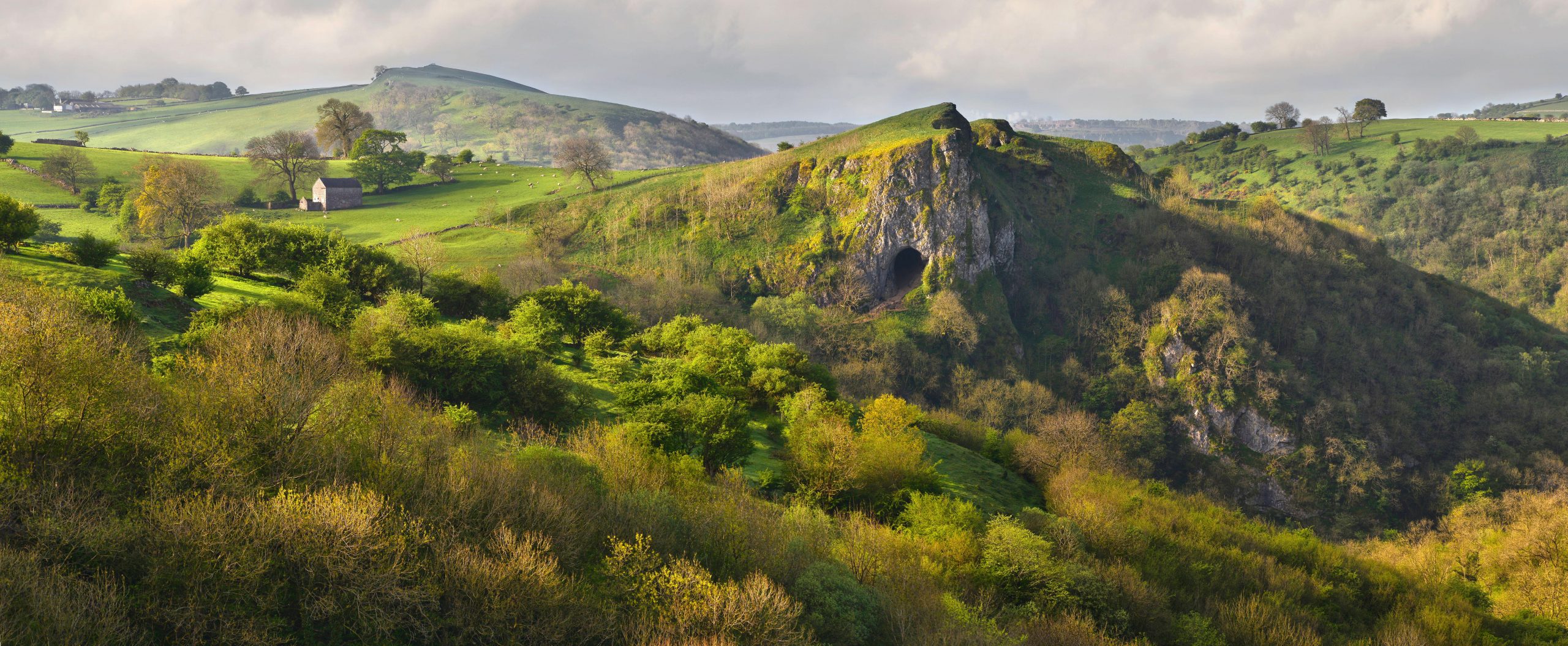
From Warslow, our way back to Grindon is along a well-marked bridlepath, which is assessed for rideability by my horse-loving companions as we walk.
I’m in favour of two legs myself, but I can see that, in this intriguing landscape, a long hack would be an unrivalled way to absorb the spirit of the place.
And what is that spirit? As is most of Staffordshire, this is an industrial landscape, mined for centuries and pierced by railways (all now gone, all now recreational routes, but with a poignant feel; we could make good use of those railways today).
The farming is earthy and traditional and there are signs of farmers collaborating for Nature.
Above all, I feel, it’s a working, no-nonsense landscape that is something of a counterpoint to the more curated and popular parts of the National Park — and I applaud that.
We don’t want all places to look and feel the same and we positively need them to speak for themselves as we search for new accommodations between people, Nature and the planet.
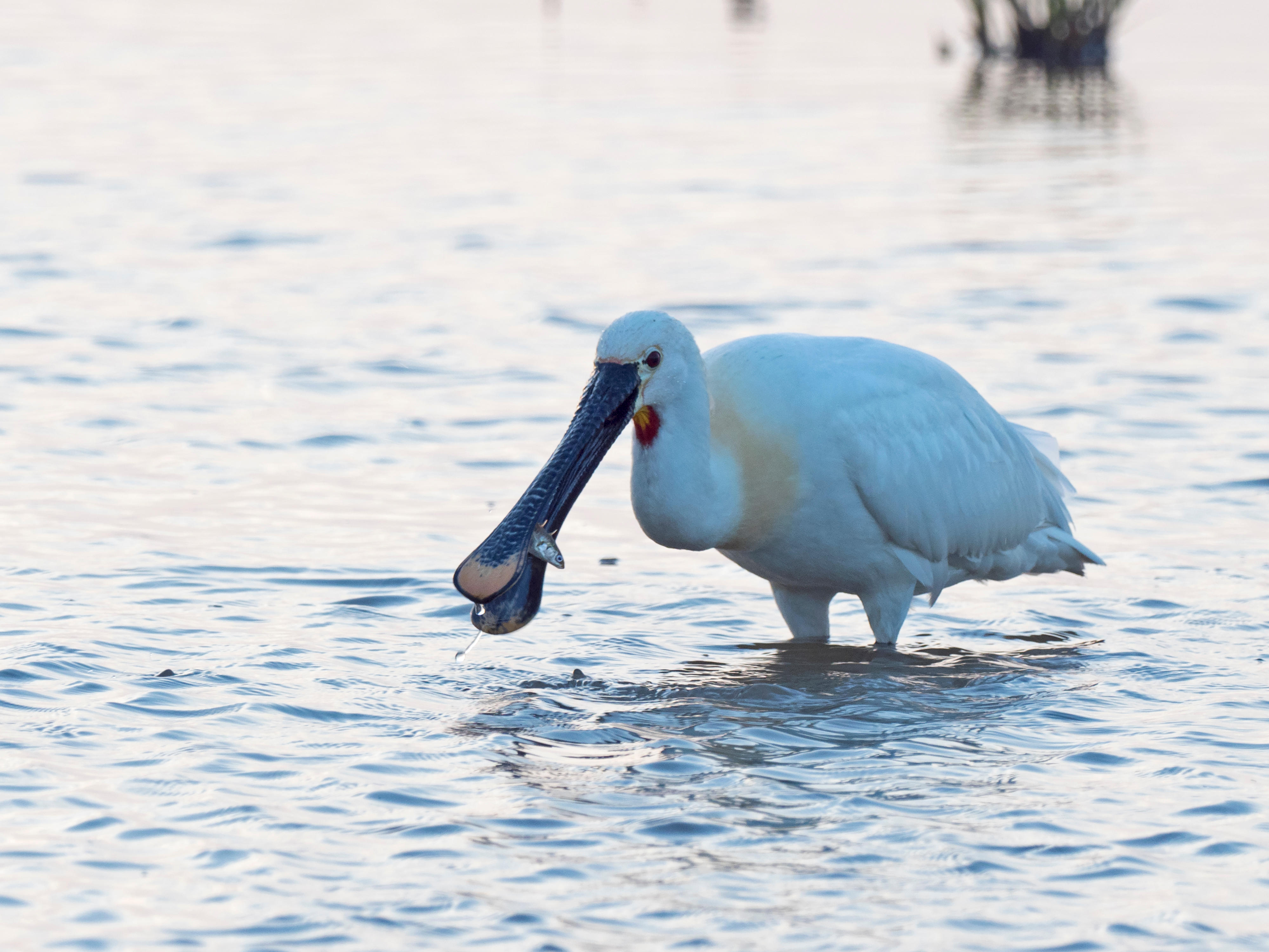
Tracking the Norfolk spoonbills: 'We’ve hardly walked a mile before a string of three white birds flies towards us'
Fiona Reynolds visits the wilds of Norfolk to find spoonbills — and discovers a remarkable conservation success story.
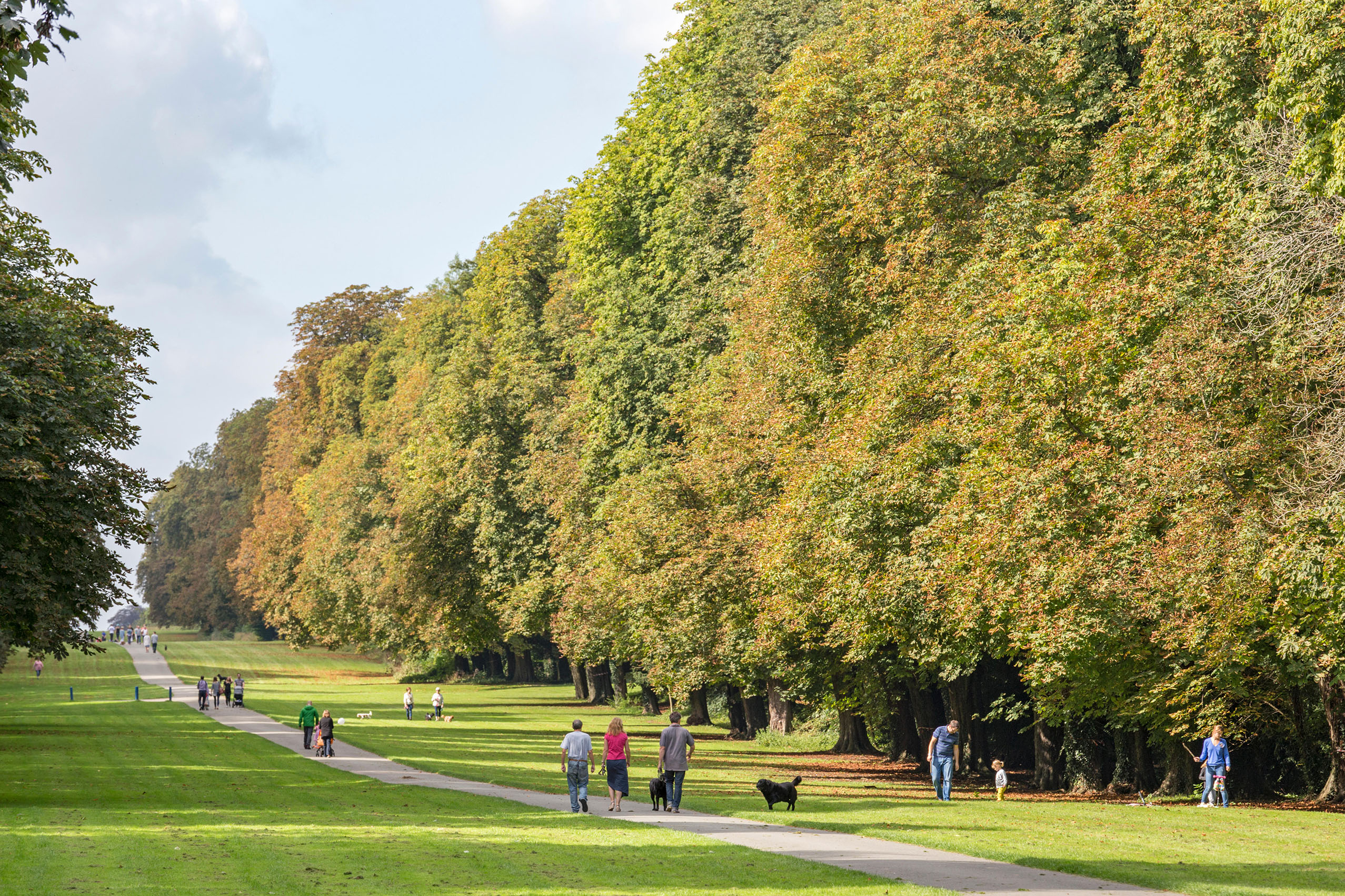
Cirencester Park, still full of 'the amiable simplicity of unadorned nature' 200 years after its creation
Fiona Reynolds strolls through Cirencester Park and beyond into the Gloucestershire countryside.
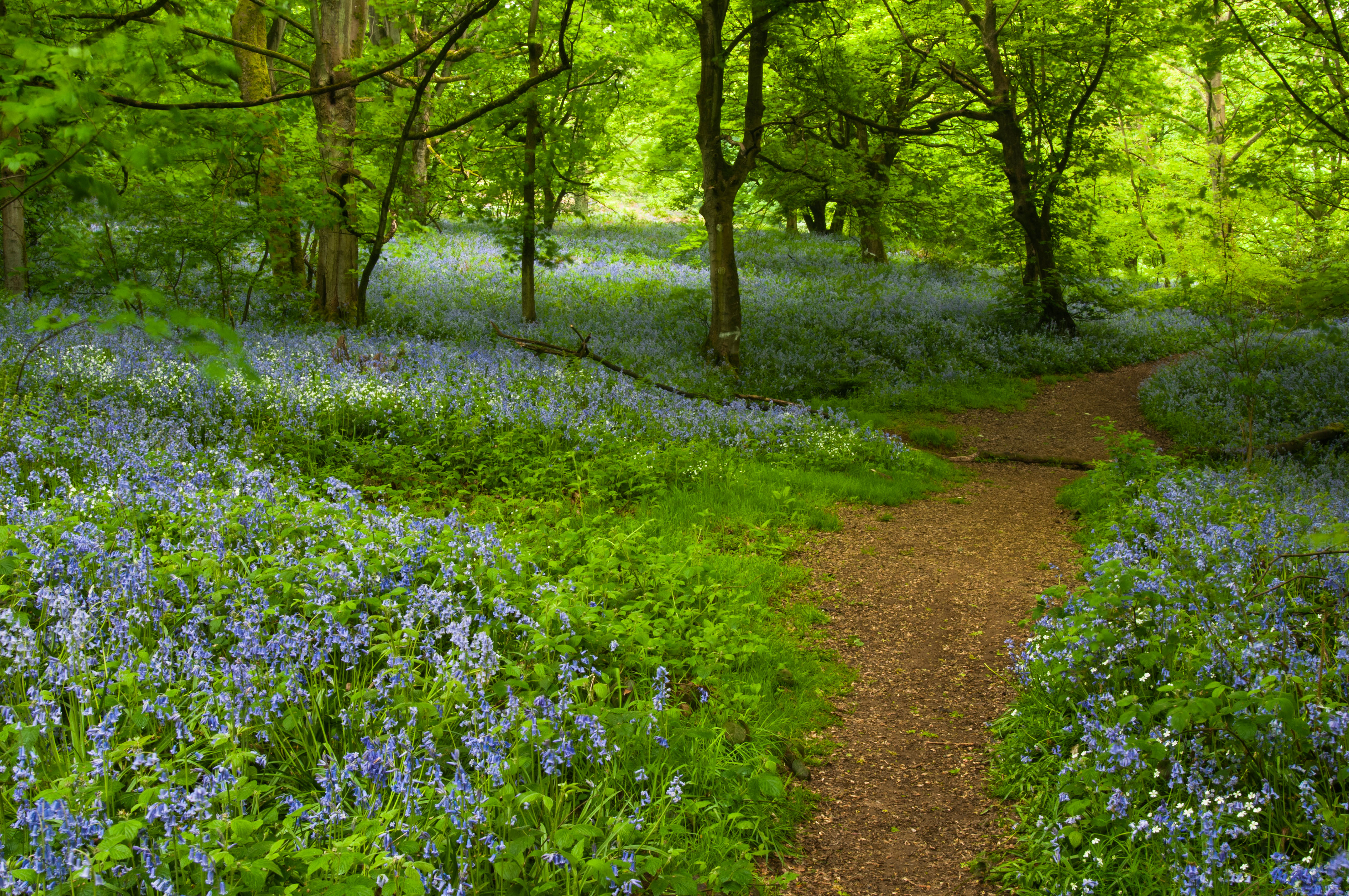
A walk through Badley Woods: 'My memory, is on fire, and I wander through the woods looking for places half-remembered, but intensely felt'
A return to scenes from a carefree childhood rekindles happy memories for Fiona Reynolds.
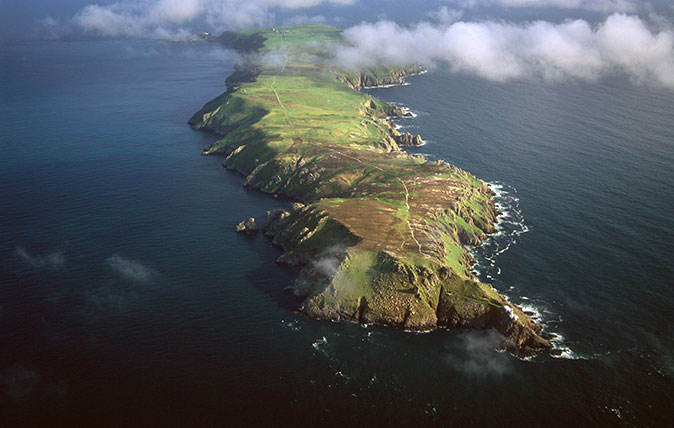
Credit: robertharding / Alamy Stock Photo
Lundy Island: The joys of a good walk, inspiring beauty and no phone signal
Fiona Reynolds was left refreshed and exhilarated after a trip to Lundy Island.
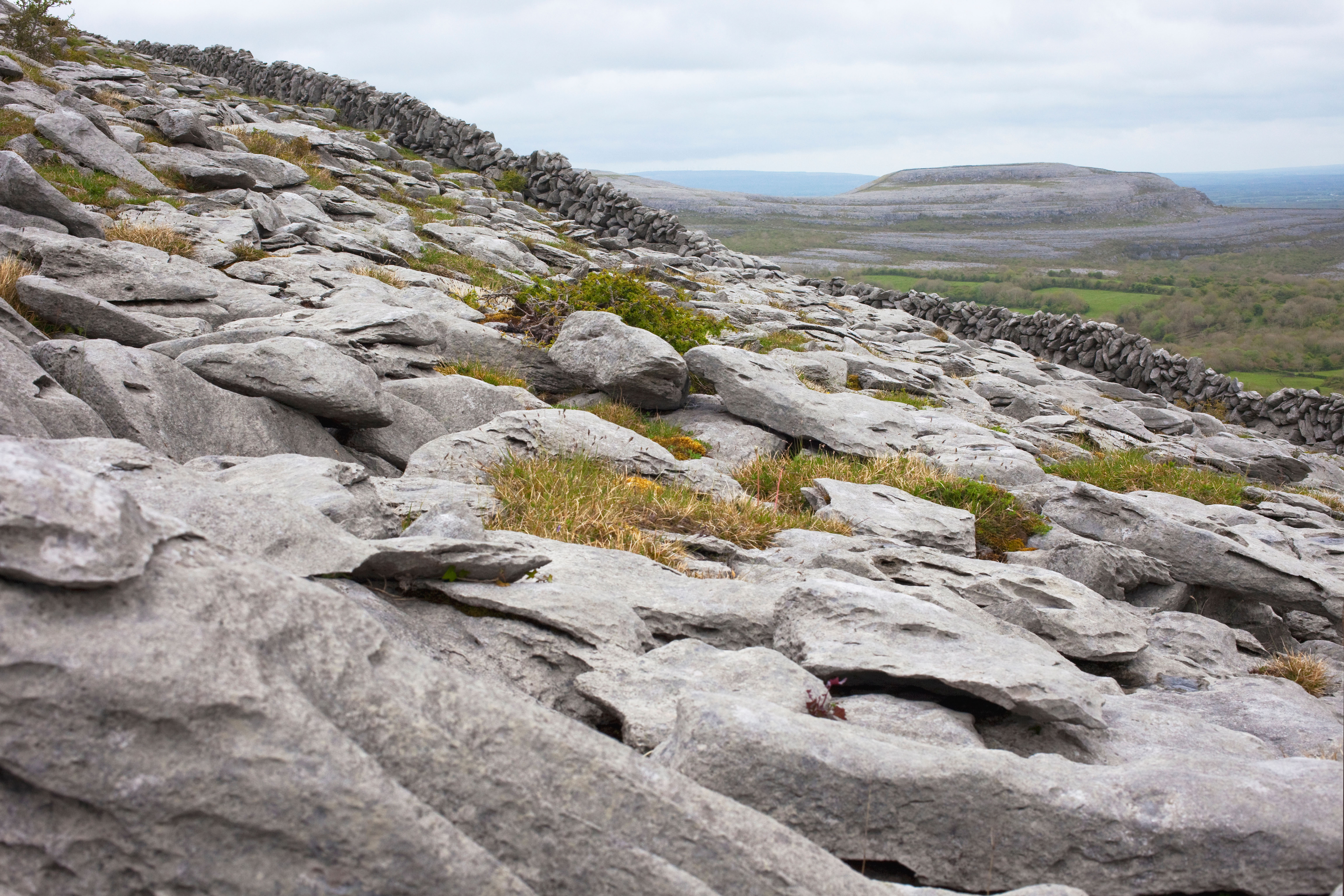
Walking The Burren, Co Clare: A place of curved hills, acres of open limestone and a landscape in which to lose oneself
Fiona Reynolds eats her words about regular walkers avoiding showers during the wettest months she can remember.
Fiona Reynolds is chair of the Food, Farming and Countryside Commission, the former director-general of the National Trust, former Master of Emmanuel College, Cambridge, and the author of The Fight for Beauty. Follow her on Twitter @fionacreynolds.
-
 Designer's Room: A solid oak French kitchen that's been cleverly engineered to last
Designer's Room: A solid oak French kitchen that's been cleverly engineered to lastKitchen and joinery specialist Artichoke had several clever tricks to deal with the fact that natural wood expands and contracts.
By Amelia Thorpe
-
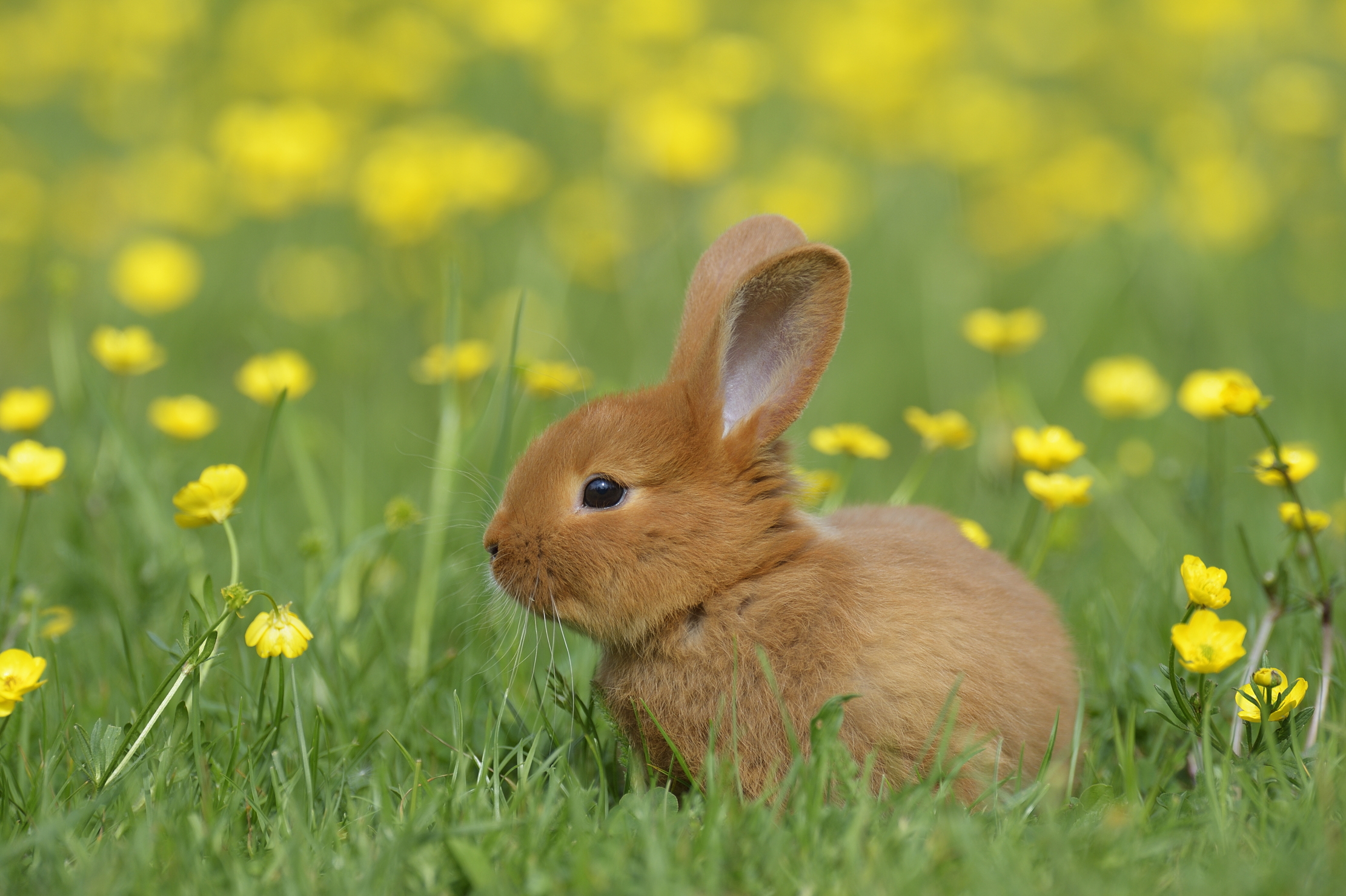 Chocolate eggs, bunnies and the Resurrection: Country Life Quiz of the Day, April 18, 2025
Chocolate eggs, bunnies and the Resurrection: Country Life Quiz of the Day, April 18, 2025Friday's quiz is an Easter special.
By James Fisher